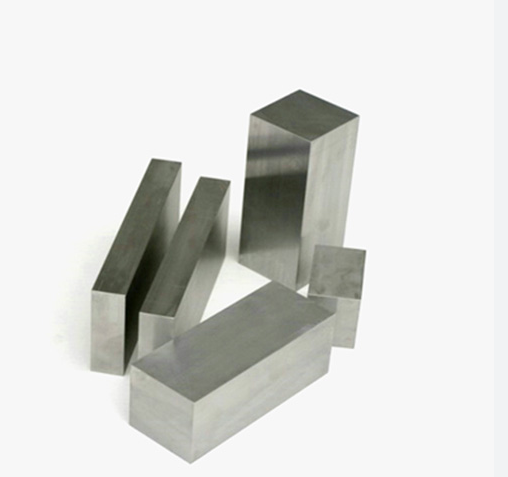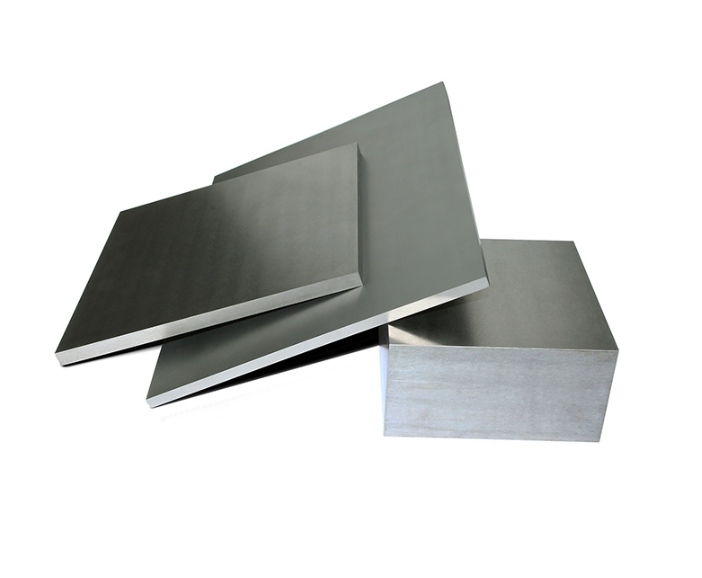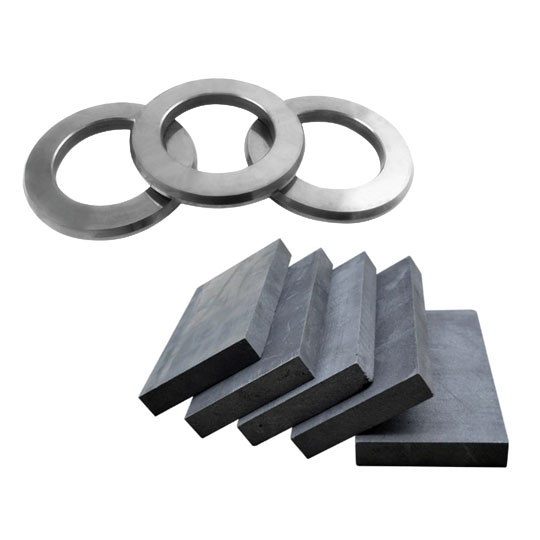Carbide rods are essential in high-performance machining, tooling, and industrial applications. However, one often overlooked property is thermal expansion—a critical factor in determining material performance under high-temperature conditions.
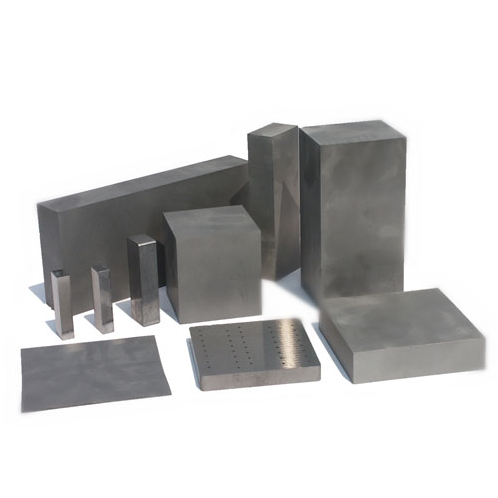
Thermal Expansion Properties of Carbide Rods
What is Thermal Expansion?
Thermal expansion refers to the tendency of a material to expand when exposed to heat. This phenomenon occurs because temperature increases cause atomic vibrations, resulting in an increase in material dimensions. In machining, even minute expansions can lead to inaccuracies in cutting, leading to material wastage or product defects.
Why Does Thermal Expansion Matter in Carbide Rods?
Carbide rods, primarily composed of tungsten carbide (WC) and cobalt (Co) binder, have a lower coefficient of thermal expansion (CTE) compared to steel or aluminum. However, expansion still occurs, especially in high-speed machining where heat generation is significant. Failure to account for expansion can result in tool misalignment, reduced precision, and shortened tool lifespan.
Thermal Expansion Coefficients of Common Carbide Grades
Different carbide grades exhibit varying expansion properties. Here’s a comparison:
| Carbide Grade | Composition (WC/Co) | CTE (µm/m-K) | Hardness (HRA) | Density (g/cm³) |
|---|---|---|---|---|
| YG6X | 94/6 | 5.0 | 91.5 | 14.9 |
| YG8 | 92/8 | 5.2 | 90.5 | 14.8 |
| YL10.2 | 90/10 | 5.3 | 92.0 | 14.7 |
| K40 | 88/12 | 5.6 | 91.2 | 14.6 |
| YG15 | 85/15 | 6.0 | 89.5 | 14.4 |
| GT55 | 95/5 | 4.9 | 92.5 | 15.0 |
| H10F | 91/9 | 5.4 | 92.3 | 14.7 |
| ZK30UF | 93/7 | 5.1 | 92.8 | 14.8 |
| MG18 | 88/12 | 5.7 | 91.0 | 14.5 |
| TF15 | 86/14 | 5.8 | 90.0 | 14.3 |
How Carbide Compares to Other Materials
- Steel: 11-13 µm/m-K (twice as much expansion as tungsten carbide)
- Aluminum: 23-25 µm/m-K (five times more expansion)
- Ceramics: 2-5 µm/m-K (similar to carbide, but brittle)
Factors Affecting Thermal Expansion
1. Binder Content
The percentage of cobalt (Co) in carbide directly impacts thermal expansion. Higher Co content = higher expansion due to cobalt’s higher CTE than tungsten carbide.
2. Grain Size
Fine-grained carbide has lower expansion and higher hardness, while coarse grains allow more expansion but improve toughness.
3. Temperature Range
Most tungsten carbide rods are used at temperatures below 800°C, where expansion remains manageable. Beyond this, oxidation and structural degradation may occur.
4. Load and Stress Conditions
High mechanical stress coupled with thermal expansion can cause warping, cracking, or material failure. Proper design compensations are crucial.
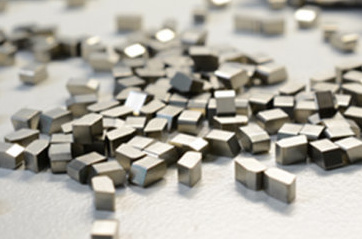
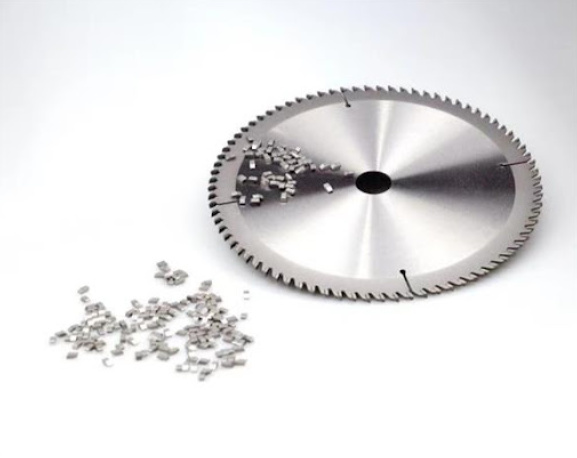
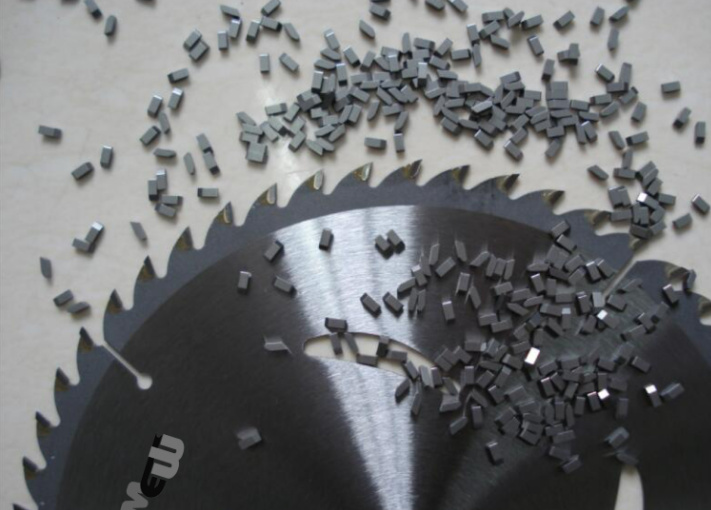
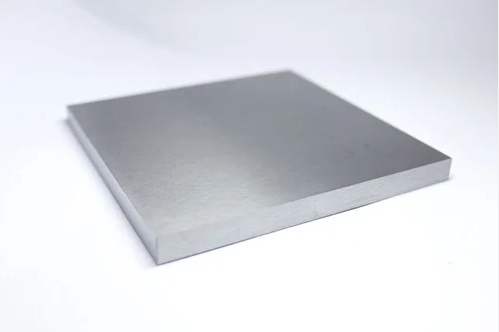
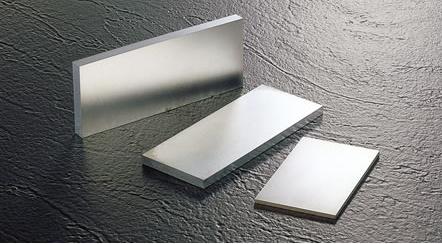
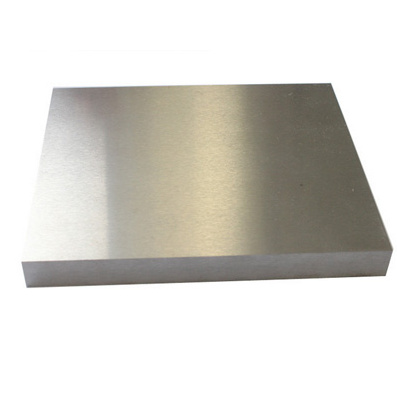
Applications and Solutions for Thermal Expansion
1. High-Speed Machining Tools
Carbide rods in end mills, drills, and reamers must maintain dimensional stability under heat to prevent tool misalignment and wear.
2. Aerospace & Automotive Components
Precision parts require low-expansion materials to ensure operational accuracy despite temperature fluctuations.
3. Die and Mold Industry
Carbide dies and molds undergo frequent heating and cooling cycles. Low CTE grades help minimize distortions.
4. Electronics & Semiconductor Industry
Tungsten carbide is ideal for semiconductor equipment due to its resistance to heat expansion compared to metals like copper or aluminum.
How to Choose Tungsten Carbide Rods for Your Application Needs
| Factor | Recommendation |
|---|---|
| High-precision cutting | Choose fine-grained, low Co-content carbide |
| Heavy-duty machining | Opt for higher Co-content grades (YG15, MG18) for toughness |
| Extreme heat environments | Use specialized heat-resistant grades like GT55 or TF15 |
| Cost considerations | Lower Co-content grades are more cost-effective but slightly brittle |
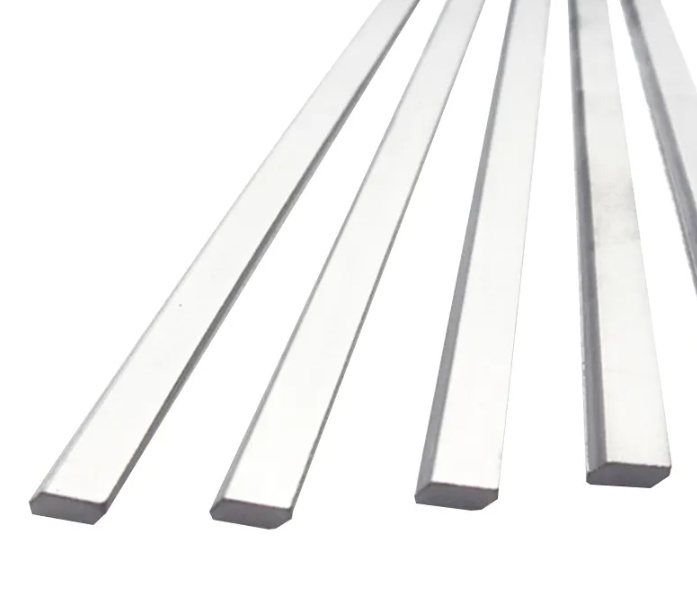
FAQ
| Question | Answer |
|---|---|
| What is the typical thermal expansion coefficient of tungsten carbide? | It ranges from 4.9 to 6.0 µm/m-K, depending on the binder content and grain size. |
| How does thermal expansion affect tool performance? | Excessive expansion can cause misalignment, leading to precision errors and faster wear. |
| Can tungsten carbide handle extreme temperatures? | Yes, but it should be kept below 800°C to avoid oxidation and structural changes. |
| How can I compensate for carbide thermal expansion? | Using low CTE grades, proper clamping, and coolant systems help minimize expansion effects. |
| Is tungsten carbide better than steel in high-heat applications? | Yes, because it expands less, maintains hardness, and resists deformation better than steel. |

